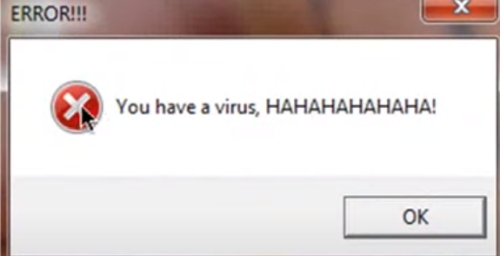When it comes to Alert in programming, people think of 2 things: Windows’ Alert box and JavaScript’s Alert dialog.
Table of Contents
Alert in JavaScript
Alert is a JavaScript function that displays an alert box to the user. It’s most commonly used for warning messages, or other information that needs to be communicated quickly without waiting for the form to submit. This article will discuss what alerts are and how they can be useful in your web app development process.
An alert functions as a dialog box with an optional message, which is shown before the user’s input reaches your HTML page. The function operates by showing a simple dialog window to the person viewing that page – it cannot open new browser windows or show modal forms like other programs may do when clicked on (for example, it might ask you if you want to save changes).
When an alert is used in a web app, it’s most commonly for warning messages or other information that needs to be communicated quickly without waiting for the form to submit.

<a href="" onclick="confirmDelete()" name="submit" class="btn btn-primary">Delete</a>
<script type="text/javascript">
function confirmDelete(){
if (confirm("Do you want to continue?")){
alert('Yes');
} else {
alert('No');
}
}
</script>
Alert Box
Alert box is a dialog box that pops up when you click on it. It’s most commonly used in web apps for warning messages or other information that needs to be communicated quickly without waiting for the form to submit.
Alert boxes alert the user with information, and an OK or Cancel button depending on the message of the box.

Error messages are usually displayed with a pop-up box. It is important to click the “x” to make the box go away or it will keep popping up. Windows, with third-party applications and website pages, are sources to display an alert box.